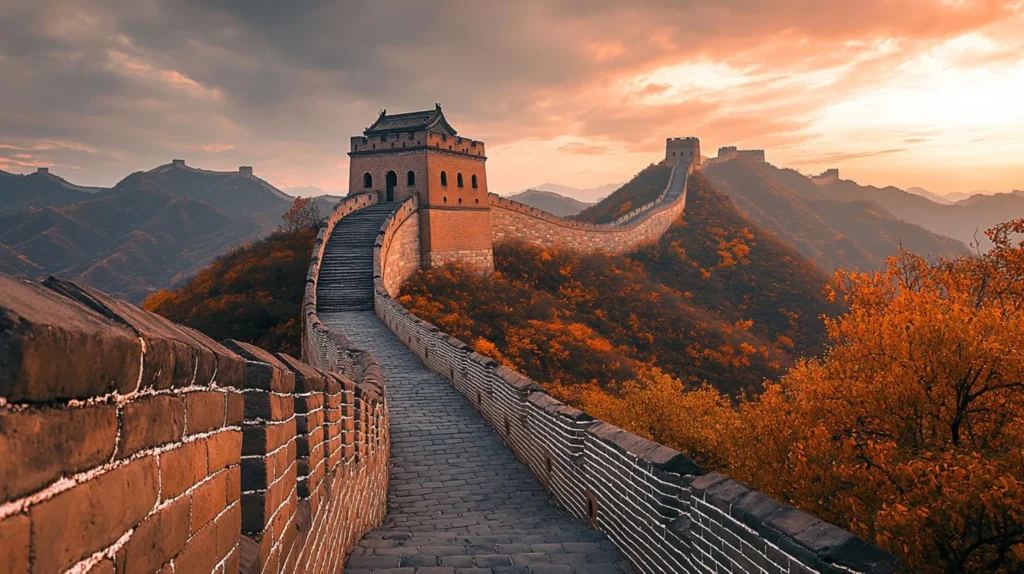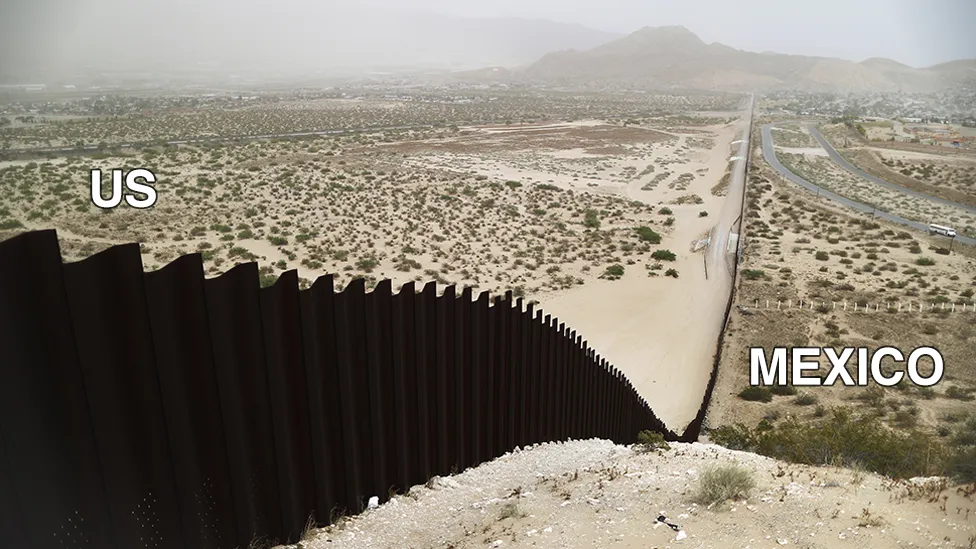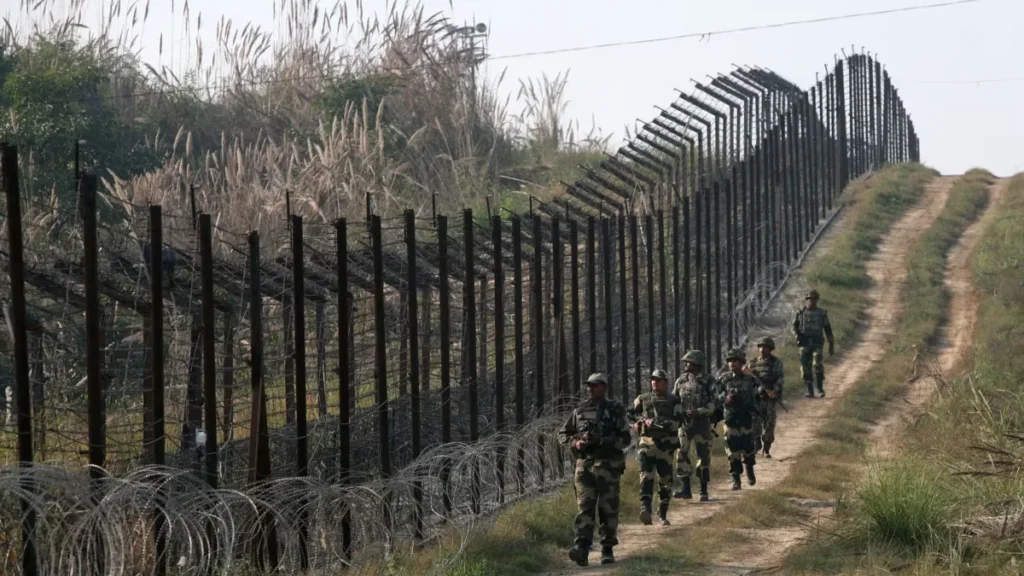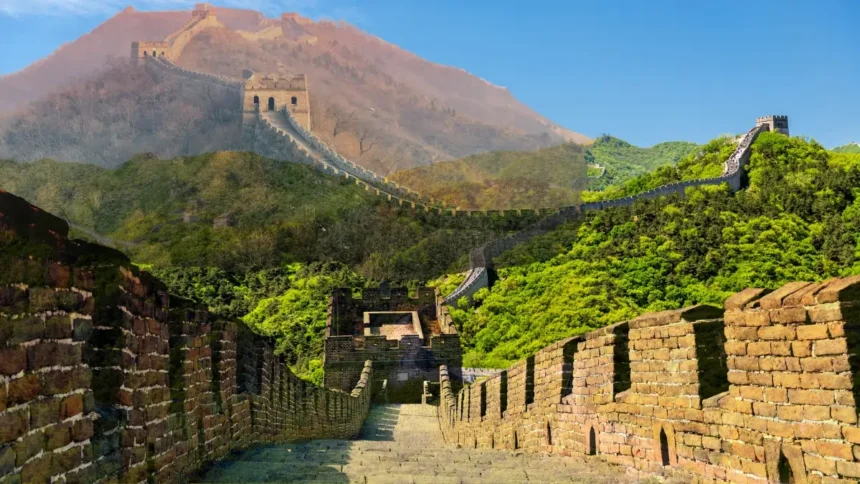Introduction
Have you ever wondered why famous border walls continue to play such a pivotal role in global geopolitics? Did you know 70 countries currently have some barrier or wall along their borders? These barriers separate nations and influence international relations, trade, and migration.
Border walls have long been a symbol of both protection and division. As we navigate history, we find that these walls—whether erected for defense, political purposes, or to separate people—have a lasting impact on the regions they divide.
From ancient historical walls like the Great Wall of China to the more recent US-Mexico Border Wall, these controversial structures have a complex history. Some were built for security and protection, while others were reminders of political tensions.
But why do border walls evoke such strong emotions, and what makes them controversial? In this article, we will explore the 7 most controversial famous border walls worldwide that have sparked heated debates, influenced history, and continue to shape geopolitical landscapes today.
Read Also: Discover Top 10 Strangest Landforms Around the World
1. The Great Wall of China
Overview: The Great Wall of China is one of the most famous border walls in the world, stretching over 13,000 miles. Built primarily between the 7th and 16th centuries, the wall was designed to protect the Chinese empire from invasions, particularly from the Mongols.

Controversy: While the wall is celebrated as a marvel of ancient engineering, it also raises questions about the forced labor used during construction. Millions of workers, including soldiers, peasants, and prisoners, died while building the wall. The wall is also a symbol of China’s isolationist policies, which can be seen as both defensive and exclusionary.
Key Takeaway: The Great Wall of China is both a cultural monument and a reminder of the lengths nations will go to protect their sovereignty.
2. The Berlin Wall (Germany)
Overview: Constructed in 1961, the Berlin Wall separated East and West Germany during the Cold War and is one of the most famous border walls in the world. A physical and ideological division symbolized the rift between communist and capitalist blocs.
Controversy: The Berlin Wall was not just a barrier but a prison for East Berliners. Over 100 people died trying to escape to the West, making the wall a poignant reminder of oppression and the desire for freedom. Its fall in 1989 marked the end of the Cold War, but its memory remains a source of tension in discussions about reunification.
Key Takeaway: Though torn down, the Berlin Wall remains a symbol of division and the fight for political and personal freedom.
3. The Israel-West Bank Barrier
Overview: Constructed in the early 2000s, this famous border wall, a mix of walls and fences, stretches approximately 440 miles and was designed to prevent attacks from the West Bank into Israeli territories.
Controversy: While Israeli officials argue this famous border wall is necessary for security, Palestinians see it as a land grab. The International Court of Justice has even deemed parts of the barrier illegal under international law, as it encroaches on Palestinian land. This wall remains a contentious issue in Israeli-Palestinian peace talks.
Key Takeaway: The Israel-West Bank Barrier underscores the complexities of security versus human rights in a region fraught with historical and political tensions.
4. The US-Mexico Border Wall
Overview: Perhaps the most debated border wall in the world, the US-Mexico Border Wall is a series of barriers intended to prevent illegal immigration. Spanning nearly 700 miles, its construction accelerated under recent US administrations.

Controversy: Critics argue that this famous border wall exacerbates humanitarian crises, as many migrants risk dangerous routes to cross into the US. Proponents, however, argue that it strengthens national security. The wall’s environmental impact is also a hot topic, with many sections passing through sensitive ecosystems.
Key Takeaway: The US-Mexico Border Wall is a physical manifestation of America’s broader immigration debate, symbolizing both protection and exclusion.
5. The Korean Demilitarized Zone (DMZ)
Overview: Established in 1953 after the Korean War, the Korean DMZ is a heavily fortified border separating North and South Korea. It stretches 160 miles and is considered one of the most dangerous borders in the world.
Controversy: While the DMZ is a buffer preventing military conflict, this famous border wall also divides families and a once-unified Korea. Tensions remain high, with frequent military provocations along the border.
Key Takeaway: The Korean DMZ is a stark reminder of unresolved conflicts and the division between two ideologically opposed nations.
6. The India-Pakistan Border (Radcliffe Line)
Overview: The partition of India in 1947 led to the creation of the Radcliffe Line, a 2,900-kilometer border separating India and Pakistan. It has since become one of the most militarized borders in the world.

Controversy: This border was drawn hastily, resulting in the displacement of millions and violence that claimed countless lives. Even today, the India-Pakistan border is a flashpoint for conflict, particularly in the Kashmir region.
Key Takeaway: The India-Pakistan Border represents the painful legacy of colonialism and the ongoing tension between two nuclear-armed nations.
7. The Cyprus Green Line
Overview: The Cyprus Green Line, established in 1964, divides the island between the Greek Cypriot-controlled south and the Turkish Cypriot-controlled north. The United Nations patrols this buffer zone.
Controversy: While the Green Line has prevented open conflict, it also perpetuates Cyprus’s division. Attempts to reunify the island have repeatedly failed, leaving the Green Line as a visible reminder of unresolved ethnic and political tensions.
Key Takeaway: The Cyprus Green Line highlights the difficulties of conflict resolution in divided societies, even with international mediation.
Conclusion
Famous border walls have played a significant role in shaping history and continue to impact geopolitics today. Whether built for protection or division, these structures evoke deep-seated emotions and debates. While some walls symbolize peace and security, others represent oppression and exclusion. As we reflect on these seven controversial border walls, it becomes clear that the stories they tell are as complex as the conflicts they embody.
What is the most famous border wall in the world?
The Great Wall of China is arguably the most famous border wall in the world due to its size, historical significance, and cultural symbolism.
Why are border walls controversial?
Border walls are controversial because they often represent political and humanitarian issues, dividing people, families, and cultures while attempting to enforce national security.
How long is the US-Mexico Border Wall?
The US-Mexico Border Wall stretches approximately 700 miles, although the border is around 1,954 miles long.
What was the purpose of the Berlin Wall?
The Berlin Wall was built to prevent East Germans from fleeing to West Berlin during the Cold War, symbolizing the division between communist and capitalist ideologies.
Are border walls effective in preventing illegal immigration?
While border walls may deter some illegal crossings, they often force migrants to take more dangerous routes, and their effectiveness is widely debated.





